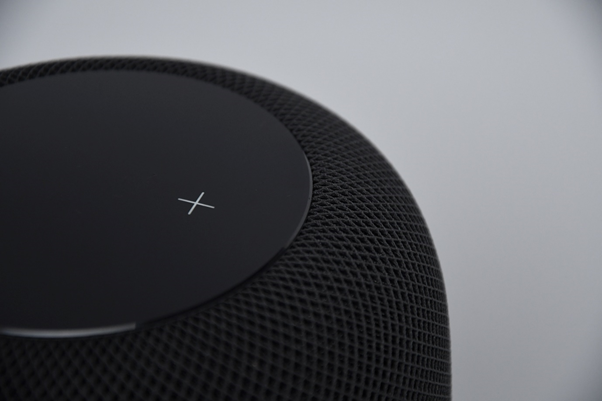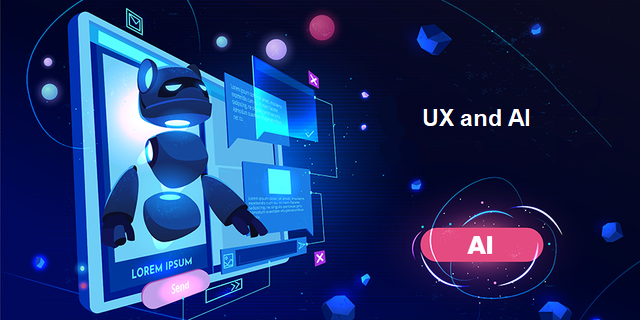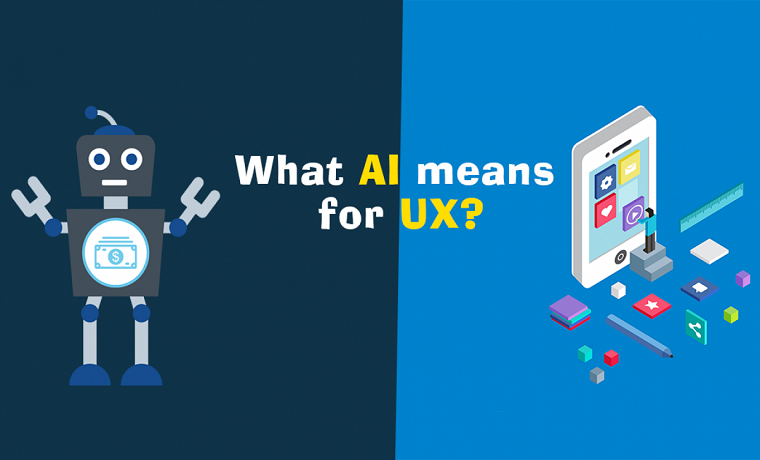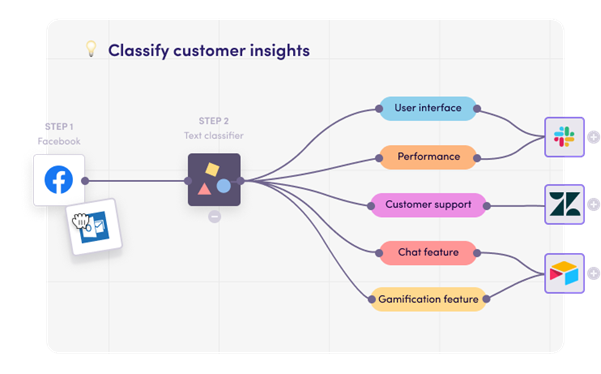Since its advent, Artificial Intelligence (AI) has changed the paradigm of product design and in process, user experience. Now, it’s revolutionizing UX Design.
No industry’s untouched by the expanding domain of AI.
Artificial intelligence is driving automation, improving efficiency and reducing costs across business sectors, ushering us into an era where there’s more time and money for innovation.
Nowhere is this more the case than in the nascent field of user experience design. AI is being leveraged to improve usability, gather and analyze user data and predict interactions and behavior in a way that has never been done before.
This, of course, has provided leeway into the genesis of new user interfaces altogether. The newest ambient audio devices from the big tech—Alexa, Apple HomePod, and Google Nest share one commonality—they’re powered exclusively by AI.

An Apple HomePod relies on Artificial Intelligence to answer user queries.
With artificial intelligence at the heart of the UI, the smart audio devices double as user interfaces for other devices—such as an air conditioner, smart home LEDs, and even mobile phones.
Empowering UX Processes with AI

How is artificial intelligence streamlining the design processes?
For one, AI is better (and faster) at analyzing and interpreting data than you are.
Machine learning processes that power AI extract every ounce of data to recognize patterns and generate insights hitherto inconceivable to its human counterparts and return with meaningful results to aid research. Machine learning processes are excellent tools for pattern recognition—which means less time is spent in quantitative analysis.
In a matter of minutes, the right ML algorithm can generate and publish questionnaires to collect user data, which it could later utilize in generating insights for a UX designer or researcher—without the need of labor or human supervision at any step of the way.
The digital agency PRO SEO Ireland implement UX with AI effectively for their client Quote Devil.
Modern artificial intelligence algorithms can interpret flowcharts to develop wireframes for entire applications—leaving only fine-tuning and specific customizations for the product at the hands of the UX designer. With the rise of commercial automation tools, the use-cases for ai-enabled tools have taken start-ups and large-scale corporations by storm. Workflow automation tools such as Levity.ai, have diversified applications and can even be molded to fit every industrial requirement like a glove.
As industries move towards the incorporation of AI-enabled automation tools, the more capital is invested in the technology and the more dividends the AI industry yields. AI-enabled automation tools can not only make design processes more streamlined and convenient for UX designers, but they can also revolutionize the entire industry when harnessed with a method.
AI is rapidly evolving and becoming more ubiquitous. Today, it’s estimated that over 4 billion devices have AI-powered virtual assistants improving user experience.
Artificial intelligence today is being harnessed to improve user experience, but it’s a lesser-known fact that it can also be used to create it.
Abhinav Raj is a political correspondent for the Immigration Advice Service, a UK-based organization of immigration solicitors that provides Indefinite Leave to Remain (ILR) services, Visa assistance for prospective migrants and pro-bono legal counsel.


